Kingdom Plantae Higher classification Snapdragons | Rank Species | |
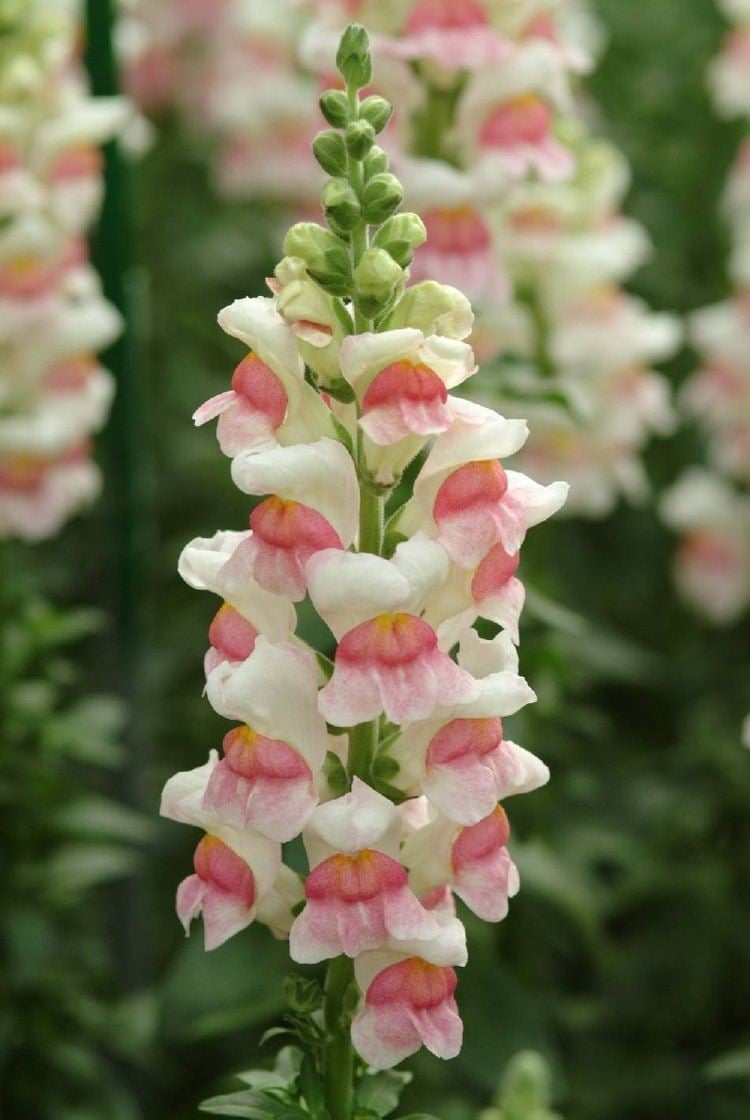 | ||
Similar Snapdragons, Petunia, Scrophulariaceae, Marigold, Ageratum | ||
Snapdragon flowers antirrhinum majus in mughal gardens at rashtrapati bhavan
Antirrhinum majus (common snapdragon; often - especially in horticulture - simply "snapdragon") is a species of flowering plant belonging to the genus Antirrhinum. It is native to the Mediterranean region, from Morocco and Portugal north to southern France, and east to Turkey and Syria. The common name "snapdragon", originates from the flowers' reaction to having their throats squeezed, which causes the "mouth" of the flower to snap open like a dragon's mouth.
Contents
- Snapdragon flowers antirrhinum majus in mughal gardens at rashtrapati bhavan
- Flower gardens how to grow snapdragon antirrhinum majus
- Description
- Taxonomy
- Cultivation and uses
- Chemistry
- References
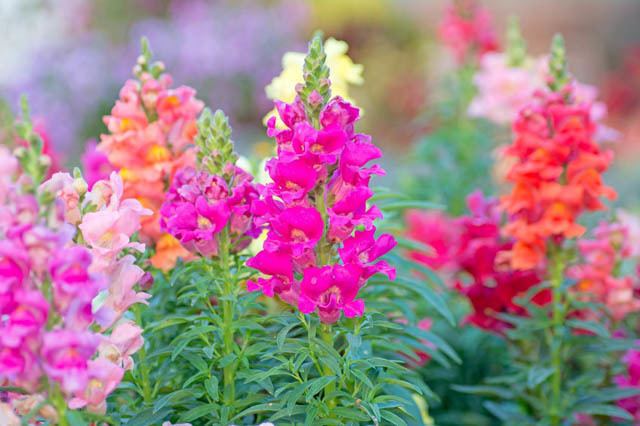
Flower gardens how to grow snapdragon antirrhinum majus
Description
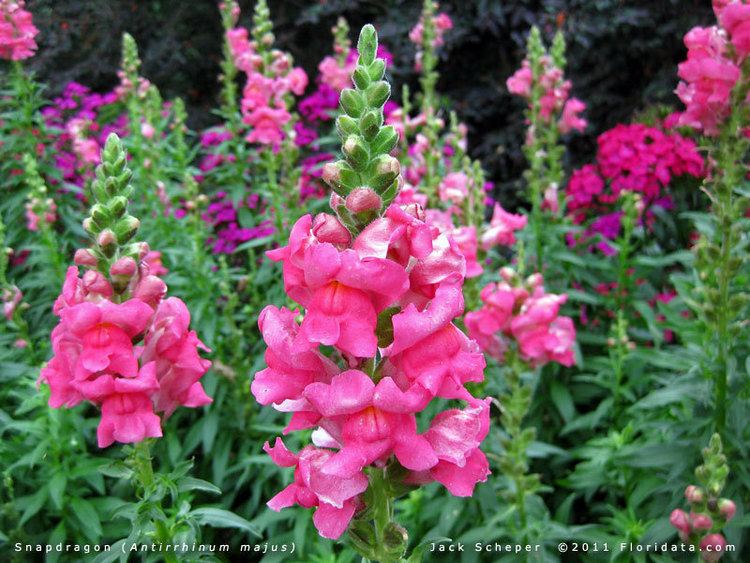
It is an herbaceous perennial plant, growing to 0.5–1 m tall, rarely up to 2 m. The leaves are spirally arranged, broadly lanceolate, 1–7 cm long and 2-2.5 cm broad. The flowers are produced on a tall spike, each flower is 3.5-4.5 cm long, zygomorphic, with two 'lips' closing the corolla tube; wild plants have pink to purple flowers, often with yellow lips. The fruit is an ovoid capsule 10–14 mm diameter, containing numerous small seeds. The plants are pollinated by bumblebees, and the flowers close over the insects when they enter and deposit pollen on their bodies.
Taxonomy
There are five subspecies:
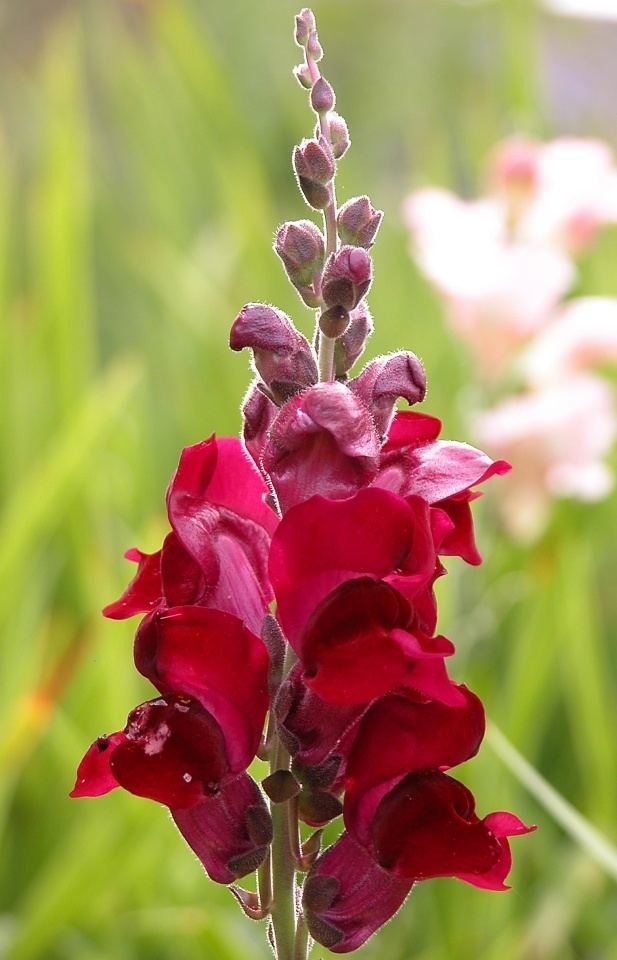
Cultivation and uses
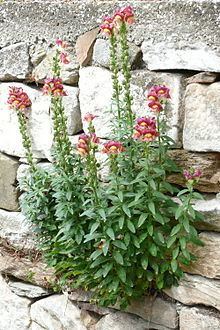
Though perennial, the species is often cultivated as a biennial or annual plant, particularly in colder areas where it may not survive the winter. Numerous cultivars are available, including plants with lavender, orange, pink, yellow, or white flowers, and also plants with peloric flowers, where the normal flowering spike is topped with a single large, symmetrical flower.
The trailing (creeping) variety is often referred to as A. majus pendula (syn. A. pendula, A. repens).
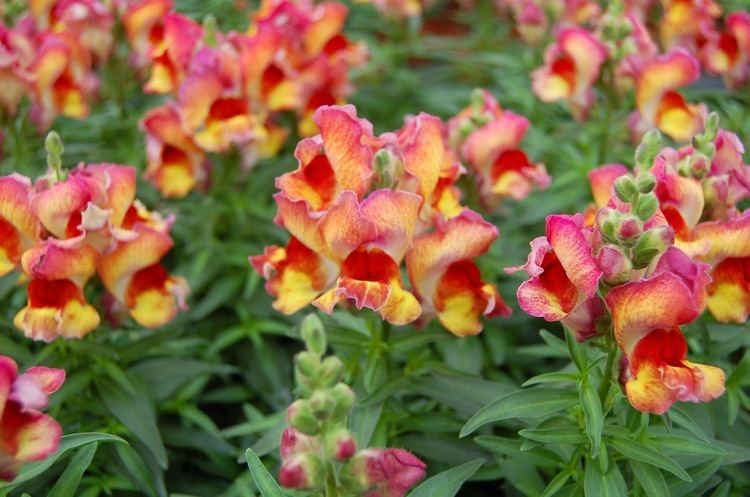
It often escapes from cultivation, and naturalised populations occur widely in Europe north of the native range, and elsewhere in temperate regions of the world.
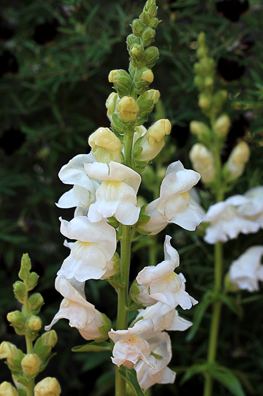
In the laboratory it is a model organism, for example containing the gene DEFICIENS which provides the letter "D" in the acronym MADS-box for a family of genes which are important in plant development.
Chemistry
Antirrhinin is an anthocyanin found in A. majus. It is the 3-rutinoside of cyanidin.
